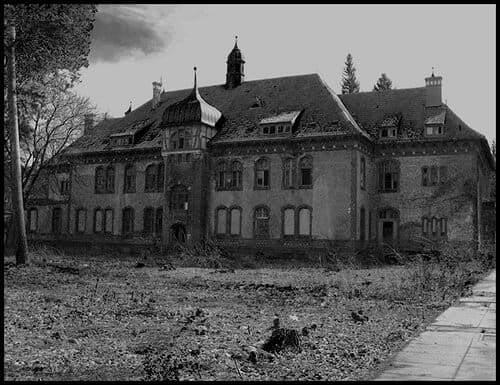Each dollar spent repairing abandoned buildings and vacant lots reduces neighborhood gun violence by as much as 39 percent and yields, respectively, a $5 and $26 return on investment (ROI) to taxpayers, and a $79 and $333 ROI to society at large through steps like installing working windows and doors in abandoned buildings, as well as removing trash and debris, and planting grass and trees.
Numerous Penn studies have associated blight remediation with a reduction in violent crime, but this study, published today in the American Journal of Public Health from researchers at the Perelman School of Medicine and the Wharton School at the University of Pennsylvania, is the first to report the cost-benefit and percentage reduction estimates for urban blight and firearm violence.
Gun violence in the United States is higher than in any other developed nation, and the majority of fatal violence committed in the United States involves firearms. Every year about 100,000 people are shot in the United States, according to the Centers for Disease Control.
“The immeasurable pain and void left when lives are lost to firearm violence sends a ripple effect through families and neighborhoods,” said the study’s lead author Charles C. Branas, PhD, a professor of Epidemiology and director of the Penn Urban Health Lab. “This study demonstrates sustainable, replicable strategies that successfully reduce firearm violence. They can transform communities across the country, save lives, and provide well more than a full return on investment to tax payers and their communities.”
Studying over 5,000 abandoned buildings and vacant lots, and their impact on firearm and nonfirearm violence in Philadelphia, the team found that firearm violence decreased 39 percent in and around areas where windows and doors were restored on abandoned buildings, and decreased 5 percent in and around vacant lots that had been well maintained – decreases sustained up to nearly four years after the intervention. Neither revitalization method significantly affected nonfirearm violence rates, however, pointing to the distinct impact that blight remediation efforts can have on the misuse of illegal firearms in challenged urban communities.
Comparing rehabbed, previously abandoned buildings, to a randomly selected, matched group of abandoned buildings that had not been treated, as well as remediated vacant lots with blighted lots, the team recorded Philadelphia Police Department firearm violence statistics monthly for both groups.
Previous Penn studies have shown that remediating blighted urban spaces can reduce crime and yield numerous health benefits including helping residents feel safer, and have significantly lower heart rates than those near blighted lots. Remediating blighted urban spaces is also now being shown to have crime and violence-reducing effects in multiple other cities. Additional Penn research recently mapped paths of urban males to assess how to minimize their violence risk and another study published earlier this year associated street lights, parks, and public transportation with lower youth homicide rates.
The authors note that future trials and studies in other cities would be valuable in further demonstrating replicability and reveal insights into the types of neighborhoods and implementation methods that can yield the best reductions in firearm violence.
Co-authors, all from Penn, include Charles C. Branas, PhD, Michelle C. Kondo, PhD, Sean M. Murphy, PhD, Eugenia C. South, MD, Daniel Polsky, PhD, and John M. MacDonald, PhD.
This study was funded in part by the National Institutes of Health (R01AA020331), the Centers for Disease Control and Prevention (R49CE002474 and U01CE002698), and the Robert Wood Johnson Foundation.



Good to see further proof that gun violence is a product of environment. Depressing surroundings leads to depression. Improving the environment leads to less self medication, fewer suicides, and less fatalistic outlook on life. All of which are associated with gun violence. Obviously the economic blight must be reversed to end the abandonment of properties.